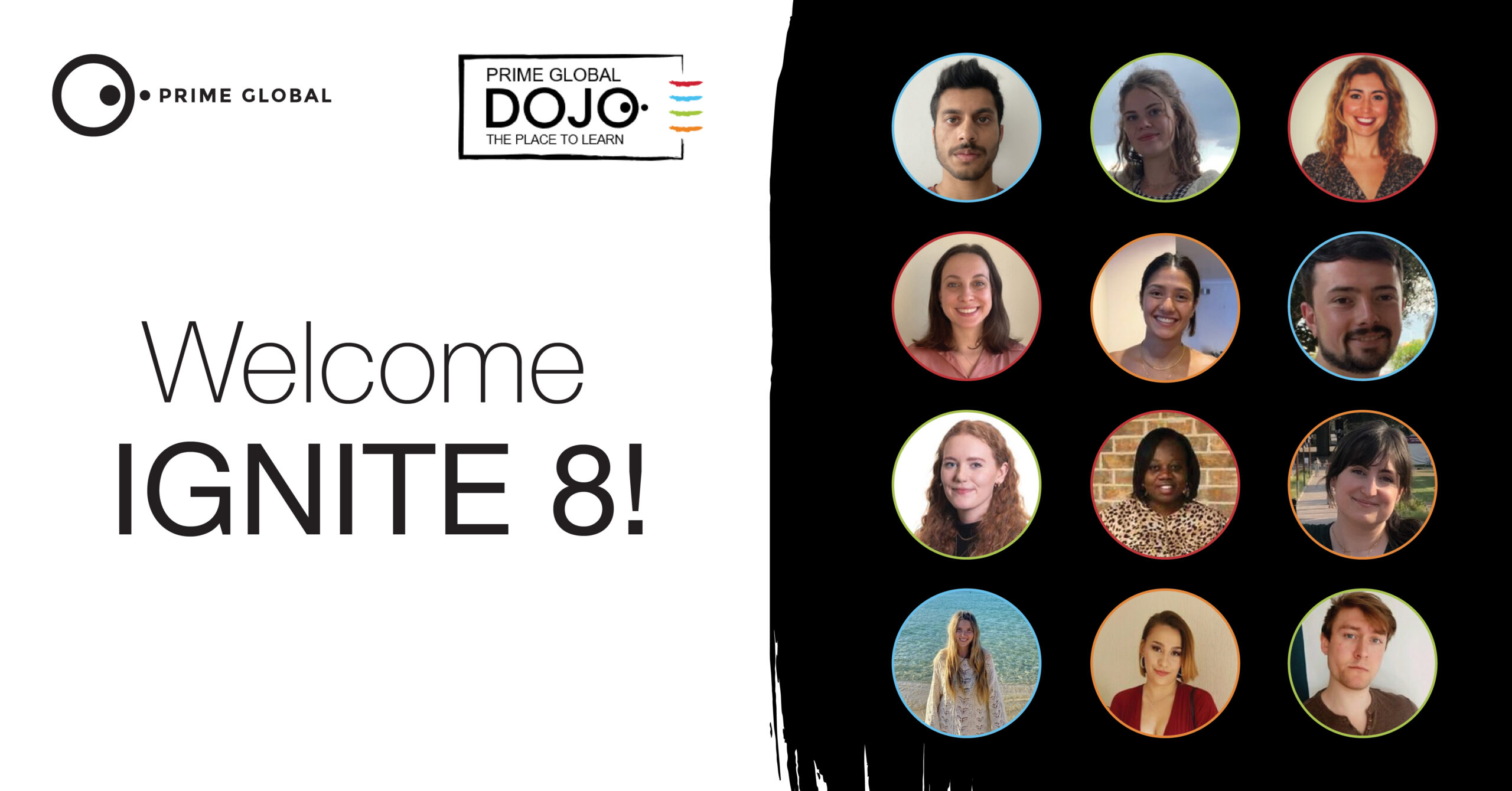Patient advocacy and engagement are important no matter the disease area, whether it’s a common condition or one that few have heard of. Following the recent celebration of Rare Disease Day, let’s take a closer look at patient engagement in rare mutation cancers.
In rare diseases, advocacy and engagement play a particularly crucial role due to the nature of those conditions, the patient populations involved, and the difficulties faced by health institutions and the pharmaceutical industry in reaching those patients.
All types of cancers are caused by mutations in DNA that allow uncontrolled cell growth that then cause the signs and symptoms seen clinically. However, some of these mutations are rarer than others, such as NRG1 fusion or PIK3CA mutations. Knowing the exact mutation, however rare, is vital to optimising treatment and, therefore, will have an impact on how patients with a rare cancer are engaged by the industry developing those treatments.
What are the priorities of rare mutation cancer patient communities?
It can be scary enough having cancer, but even scarier when its one that even the doctors don’t know much about and are unsure how to treat. As in many rare diseases, there is a real need in rare mutation cancers for support groups and advocates who can explain things and can support or consult with doctors on decisions.
Rare mutation cancer patients often need to become their own advocates and gain a level of expertise in their condition that enables them to inform the world around them what’s going on with their health. Important in many rare cancers is the partnership between the professional specialist treating the cancer and the patient taking a leadership role in their own treatment. (1)
Another priority for these patient communities is to help find treatments that are less invasive and toxic, to help improve quality of life. (2) This may involve collaboration with industry and other advocacy groups to share experiences and perspectives on existing treatments.
How is pharma currently engaging with rare mutation cancer patients?
Much of the effective work being done with patients with a rare mutation cancer is around the identification of specific mutations, via screening programmes or patient registries. For example, Elevation Oncology, is trying to model mutations so that they will be able to treat cancers with even the most rare or resistant mutations with effective biomarker drugs. To help facilitate this, they have developed tools to help patients talk to their doctors about genetic testing and are looking to improve precision medicine models via their ongoing Crestone Study. (3)
NeoGenomics, meanwhile, are attempting to encourage genetic testing by offering free at-home liquid biopsies. (4) Their goal is to make testing convenient, stress-free, and accessible so that recruitment (a particular challenge with such small patient populations) is eased and thus more patients are available to help identify mutations. (5)
Aside from some limited examples, however, there is little evidence to suggest widespread engagement between industry and patients with a rare mutation cancer. Of course, difficulties exist, and we must remember some of the very real challenges and obstacles a company must overcome to engage effectively in rare diseases.
What are the challenges? How can we address them?
First off, let’s be clear – rare mutation cancer patient engagement is difficult. Small patient populations mean a smaller pool of people to engage with, and even then, they may have differing presentation and needs. This can make it difficult to involve enough of these patients with studies or engagement projects without overgeneralising any insights or findings.
Challenge 1: As well as finding and engaging patients in the first place, a challenge lies in finding patients with sufficient health literacy to be able to help in activities such as trial protocol design.
Patient advocates who understand scientific methods and proper research processes can bring valuable perspectives to modern research. This is even more valuable in rare cancers as each patient is a particularly precious source of information to better diagnose, understand and treat. To ensure patients can be involved even if their health literacy levels are low, it is important for industry and health systems to tailor education to help advocates understand the most important points in the research process and incorporate their perspective. (6)
Challenge 2: Finding patients with the same mutation in the same country or region, which can make it hard to organise engagement opportunities and overcome logistical or language issues.
The solution here lies with technology. The digital landscape is empowering patients with rare cancers to advocate for research. For research into rare cancers, true patient engagement is critical for every step of treatment development, from clinical trials and regulatory approval to patient diagnosis and treatment adherence. Patients are effectively ambassadors for their rare disease and can help to prioritise their unmet needs, including symptoms of pain, affected mobility, or the impact on their mental health. (7)
Challenge 3: Once patients with rare cancers have been found and the means to engage digitally established, a challenge remains to find people within that population who want to be part of research.
The role of patients in research can vary as widely as each project varies. In general, their role can include advisory, designing the project or clinical trial, reviewing projects, and disseminating research. (8) There must be clear objectives set for the involvement of the patients – putting some effort into developing a framework of patient engagement can make a meaningful, measurable difference and will enhance the overall engagement experience for both the researcher and the patient. (8) Offering training for patients in the process of creating a trial and the overall purpose of R&D can also help to put potential participants at ease. (8)
It can be helpful to tap into networks that have found the patients already, for example the US-based NCI Rare Tumour Patient Engagement Network, set up to build a network of rare cancers and connect them into clinical trials, (9) or MyPART – My Pediatric and Adult Rare Tumor Network. (10)
These organisations, and others, focus on informing patients about trials, keeping them engaged in the process and outcomes, and removing the concept that taking part in research is scary or dangerous. They help ensure that trials are well designed with patients in mind, and do outreach to educate the wider public, often with the support of relevant patient advocacy groups.
What’s next for patient engagement in rare mutation cancers?
There are two main areas where we’re likely to see evolution in patient engagement in rare mutation cancers: precision medicine and adaptive trials.
Implementing precision medicine early can help identify new drug targets, benefit decision-making, and improve both effectiveness and efficiency. (11) Although individual therapy is expensive, cost savings can exist because patients only receive drugs when they’ll be effective. (11) R&D can also benefit from precision medicine, as there is a clearer patient profile, fewer valid pools of patients are required, and there is increased probability of regulatory approval and longer market exclusivity. (11)
Adaptive designs can make clinical trials more flexible by using results accumulating in the trial to change the course of the trial. These trials are often more efficient and informative and may need fewer participants, making them well suited to rare disease patient populations. (12) A currently running example is a system developed by Sano Genetics in collaboration with Zetta Genomics and Genomics England. The information provided by patients may be reported directly, for example daily symptom tracking, or by a device such as a watch that measures activity or sleep. This aims to engage patients more in their health by showing them what the information they provide can achieve. (13)
What can pharma do?
There is still some work to be done before we see rare mutation cancer patient engagement fully functioning, but this is unsurprising given the numerous challenges faced by Pharma and the fact that each condition is different; therefore, no blanket approach will work – and no article can cover all the nuanced approaches needed!
Nevertheless, there are some areas Pharma should look at generally to help boost their work with the rare mutation cancer patient community, including:
- Upskilling and educating patients – this enhances how helpful patients can be in research and improves their chances of positive outcomes
- Forming/engaging with PAGs specific to each rare cancer mutation – this could aid the formation of patient registries, giving pharma companies a database of people with the mutation/disease to draw on for information about the natural history of the illness, for trials, for ad board etc.
- Conducting LGBTQ+ cancer research – a this is a largely untapped area that could have huge implications for transgender and non-binary communities, who face vast health inequity, discrimination, and poor understanding of their needs
- Supporting patients with creation of specific Patient-Reported Outcomes / Patient-Reported Outcome Measures (PROs/PROMs) for studies – generic PROs and PROMs are unlikely to capture disease-specific concerns relating to rare mutation cancers, and patients are well-equipped to advise on the development of more tailored tools
- Raising public awareness of rare cancer mutations and their implications – this is currently very limited, even among HCPs
- Collaborating on research priorities and trial design – this is the only way that Pharma can be sure trials are truly in line with patient needs
Ultimately, the key part of patient engagement in rare cancers is that there are few patients, so identification and engagement is important. It’s worth investing in education for these patients as they are the greatest sources of information and vital for R&D. It is only through engagement with these patients and forming a community where information and support is passed back and forth freely, that the challenges and barriers can be overcome and optimallyeffective treatments and patient support can be provided.
For more information on how we deliver a triple win for patients, Pharma, and society, get in touch with the Prime Patient team via PatientEngagement@primeglobalpeople.com
Suggested blog post: Patient Engagement in Lysosomal Storage Disorders
References:
- Wilson, R. The challenge of sarcomas: the patient advocacy group perspective. Clin Sarcoma Res 9, 11 (2019).
- The DTRF Desmoid Tumour Patient Registry [Accessed 15 Feb 2022 DTRF.iamrare.org]
- Elevation Oncology and NeoGenomics Announce Collaboration to Expand Genomic Testing for NRG1 Fusions Across Solid Tumors in Support of the Phase 2 CRESTONE Study. Elevation Onocology. March, 2021. [Accessed 15 Feb 2022]
- Sponsored testing programs for cancer patients. NeoGenomics. [Accessed 15 Feb 2022 https://neogenomics.com/patients/sponsored-testing-programs-patients]
- Testing Methods and Tumor Profiling. NeoGenomics. [Accessed 15 Feb 2022 https://neogenomics.com/patients/testing-methods-and-tumor-profiling]
- Reinke, D. Meaningful engagement of the patient in rare cancer research: sarcoma as an exemplar. Current Problems in Cancer 45, 4 (2021).
- Putting digitally empowered patients at the core of rare cancer research. PharmaTimes, (2021).
- Spears, P. Patient engagement in cancer research from the patient’s perspective. Future Oncol 17, 28 (2021).
- Establish a Network for Direct Patient Engagement. National Cancer Institute. [Accessed 15 Feb 2022 https://www.cancer.gov/research/key-initiatives/moonshot-cancer-initiative/implementation/patient-engagement#nci-rare-tumor-patient-engagement-network]
- MyPART – My Pediatric and Adult Rare Tumor Network. National Cancer Institute. [Accessed 15 Feb 2022 https://www.cancer.gov/pediatric-adult-rare-tumor/]
- Whyte, J. How Precision Medicine Impacts Patient-Centricity In Clinical Trials. Clinical Leader. (2019).
- Pallmann, P., Bedding, A.W., Choodari-Oskooei, B. et al. Adaptive designs in clinical trials: why use them, and how to run and report them. BMC Med 16, 29 (2018).
- UK leading on patient-centric precision medicine research. Genomics England. [Accessed 15 Feb 2022 https://www.genomicsengland.co.uk/patient-centric-precision-medicine-research-sano-genetics-zetta-genomics/]




